Streaming was once the ideal alternative to traditional broadcast television. Viewers enjoyed hours of content available to watch whenever they wished and, perhaps most importantly, it was free of advertisements.
However, times may be changing. With an ever-busier marketplace, streaming providers are looking to find new ways to remain competitive and stay profitable. Business models are evolving, and consumers are starting to see more and more commercial advertising in their streamed content.
The Streaming Boom
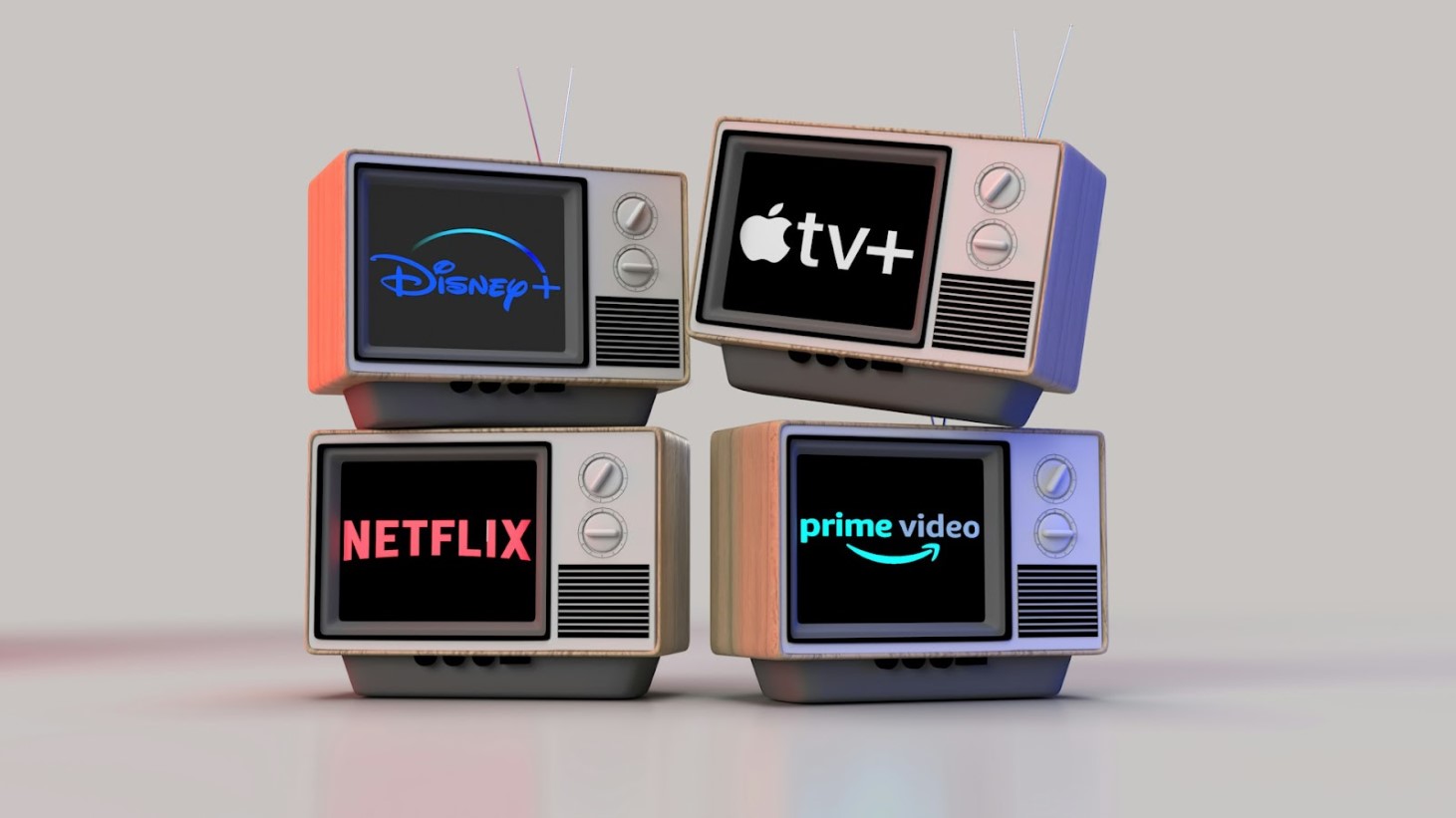
At the start, streaming was a revelation. Netflix was the first to rise to prominence, offering unlimited access to a huge library of TV shows and movies for under $10 a month.
It was a massive success, with many thinking streaming was the future of media. It was a cheap, more convenient alternative to broadcast TV. Other streamers began to pop up over the years, adopting the Netflix model.
Times Are Changing for Streamers and Consumers
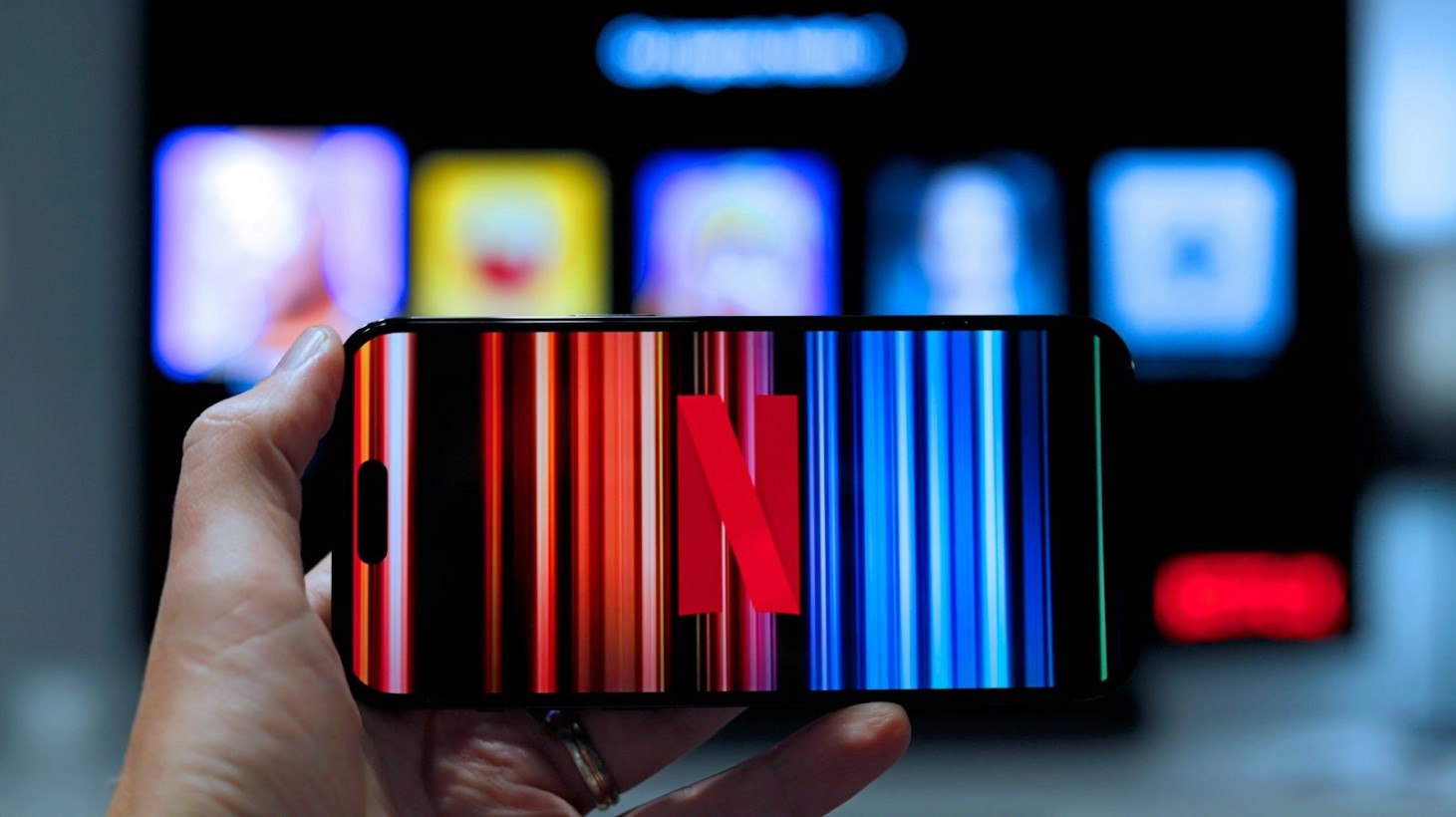
All the major media companies seem to have their own streaming service now, investing in original programming rather than just a catalog of pre-existing media.
Increased expenditure and more competition for subscribers means streamers are looking for new ways to generate revenue. Subscription fees have been on the rise for years, and streamers are now courting advertisers. For the first time, Amazon Prime Video and Netflix will both be at the traditionally TV-centric “upfronts,” selling commercial time on their platforms.
Netflix Leads the Way

In the words of Disney CEO Bob Iger on the Disney earnings call earlier this month, Netflix is the “gold standard” of streaming. So, it’s no surprise they’re the ones leading the change in the streaming model.
Last year, Netflix cracked down on password sharing, hoping to generate more paid subscribers. Alongside this, they introduced a cheaper, ad-supported $6.99 a month subscription tier. Netflix ended last quarter with 270 million subscribers worldwide, with 23 million active monthly users of the $6.99 tier as of January.
Amazon’s Approach
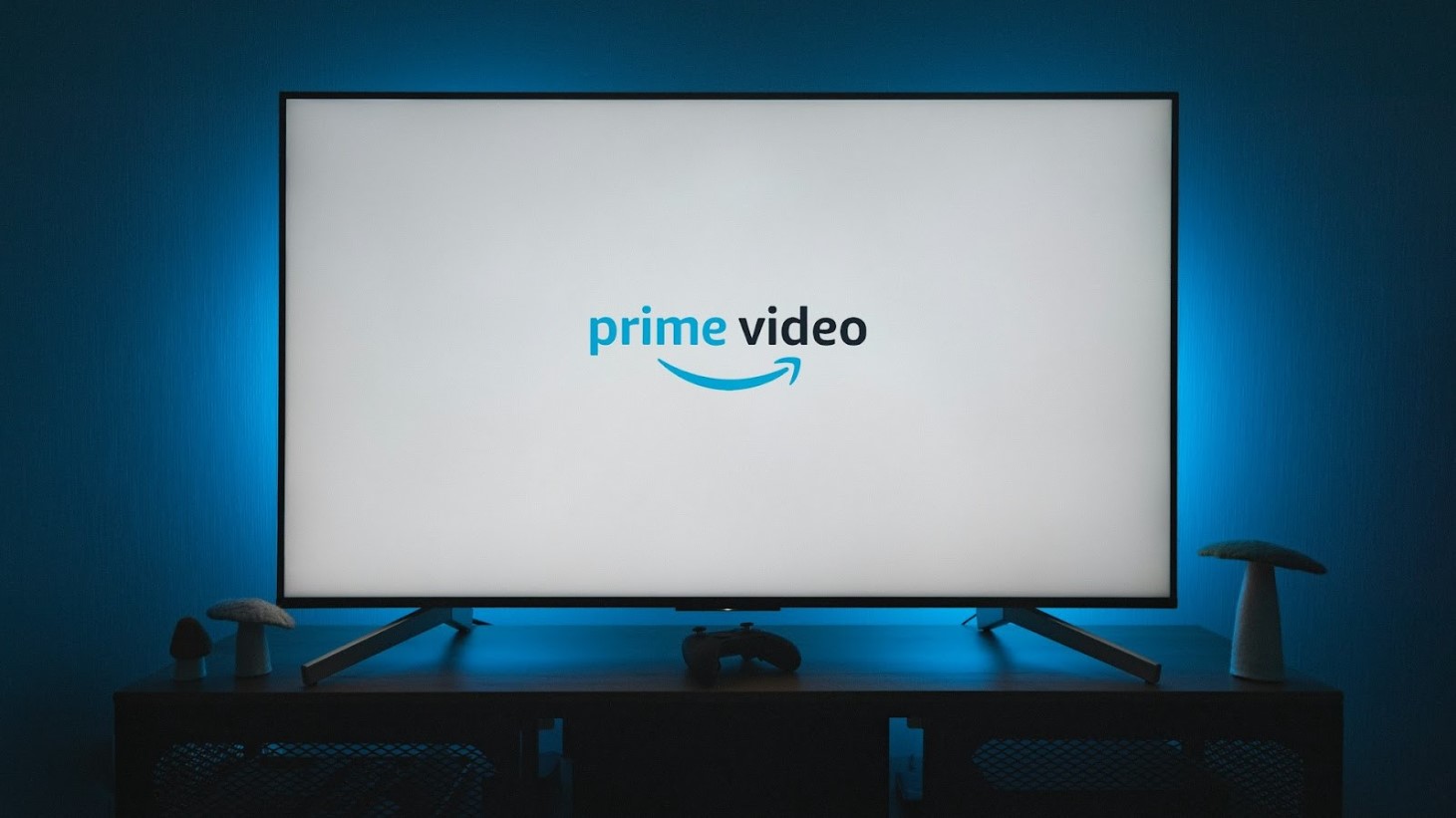
Amazon similarly introduced advertisements into their video streaming service Amazon Prime Video earlier this year. Their approach was slightly different, though.
Rather than offer a cheaper ad-supported tier, Amazon included advertising as the standard for all existing Prime Video customers. Those wanting an ad-free experience can pay more. Functionally the same tiered system as Netflix has introduced, but the psychology of including ads as standard, rather than as part of a cheaper subscription plan, is slightly different.
The Future of Streaming
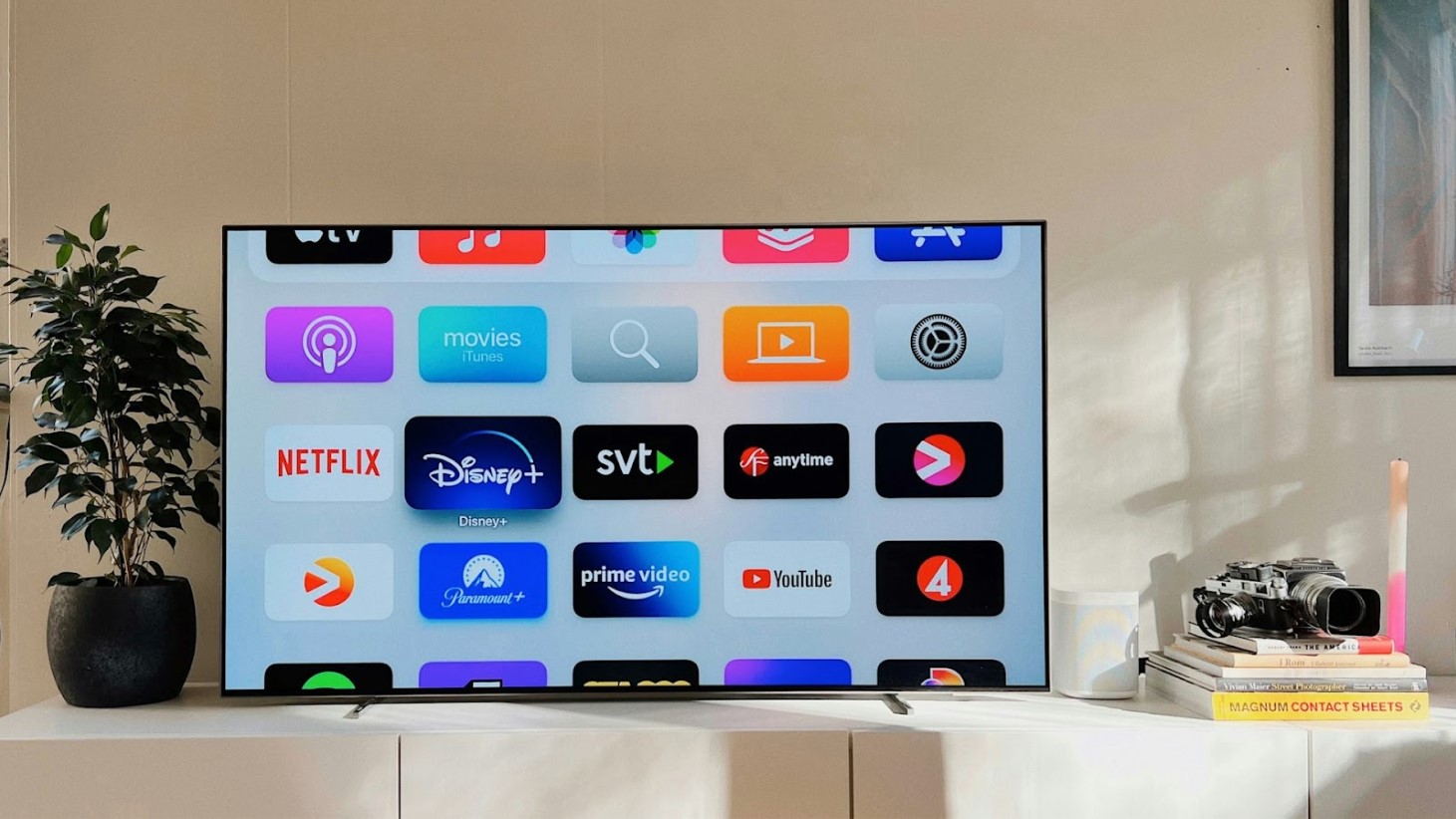
Just as it was at the start of the streaming boom, everyone seems to be following Netflix’s lead. Many streamers have opted for the same tiered subscription approach as they start introducing advertising into their streaming services.
HBO Max, Disney+, and Paramount+ are among the big names in streaming that now include ads, charging subscribers extra if they wish to have an ad-free service.
The Benefits of Introducing Ads to Streamers

Analysts have long thought the traditional model of streaming to be unsustainable. Eventually, all the major streaming platforms would need to do something to boost profits, and consumers would feel the brunt of it.
Increased subscription fees were the first approach, but this drew backlash from consumers. Introducing advertisements allows streamers to boost their revenue while still offering a way for customers to keep the sort of subscription fees they’ve become accustomed to. Amazon may already be seeing the benefits, reporting $11.8 billion in advertising revenue in the first quarter of this year – a 24% jump from the $9.5 billion reported a year earlier.
What Do Consumers Think?

The shift to streamers leaning on advertising has caused some anger among consumers. To many, streaming has lost the very thing that made it an attractive alternative to traditional television.
With seemingly hundreds of streamers out there, some hoarding licensed content while also now introducing ads, many feel streaming is looking a lot like traditional cable. Consumers are left wondering what exactly they’re paying their subscription fees for now.
Potential Backlash From Consumers Over the Changes in Streaming
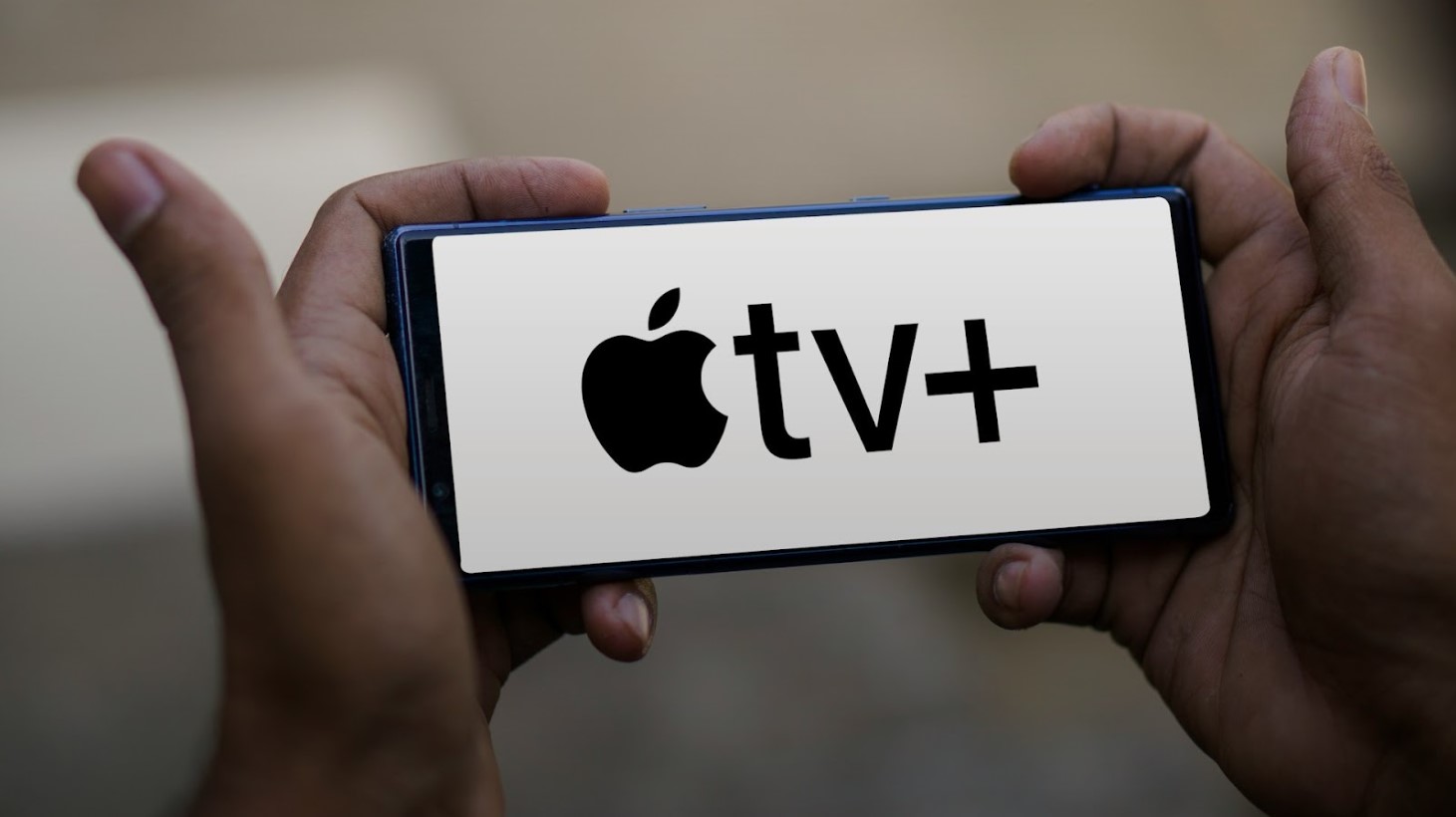
Customers are already demonstrating that they’re not happy with this move towards more advertising in streaming, making threats on social media to boycott Amazon when the company announced its intention to introduce ads last year.
Even if such boycotts are not so widespread, this anger from consumers may still impact the landscape of the streaming market. Streamers that still operate ad-free like Apple TV+, BritBox, and Acorn TV may see their popularity grow and start to steal subscribers away from the traditional big players.
Where Does Streaming Go From Here?
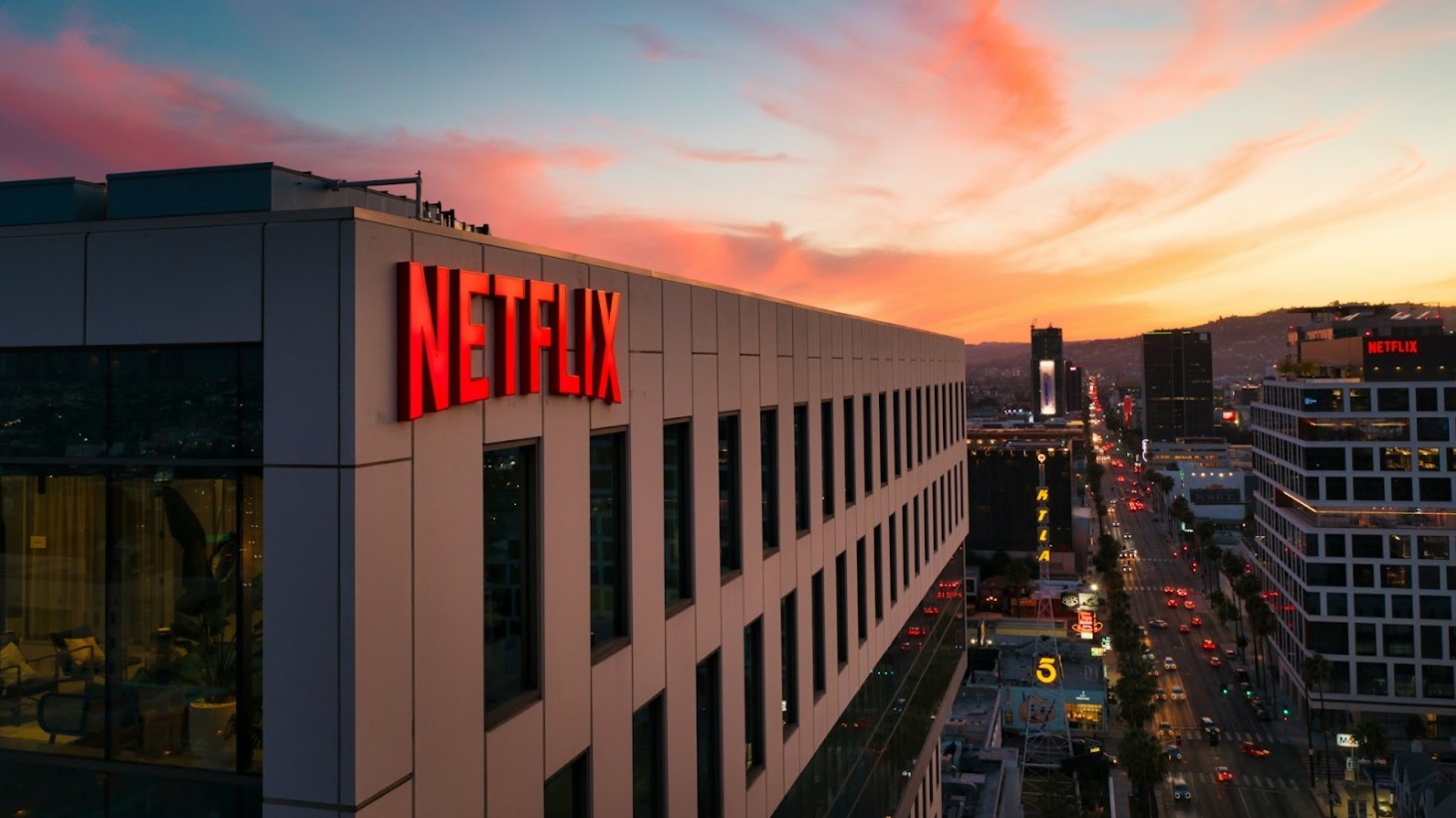
Advertising is set to become a core part of the streaming landscape. A return to the old days is unlikely, but streamers are aware of the power of consumers. Compromise is the key.
Expect to see tiered subscriptions as standard. Cheaper packages will be supported by advertising, with ad-free alternatives available at a premium. This will help prop up streamers financially, but only time will tell if it also satisfies customers.
